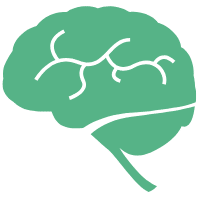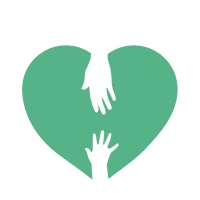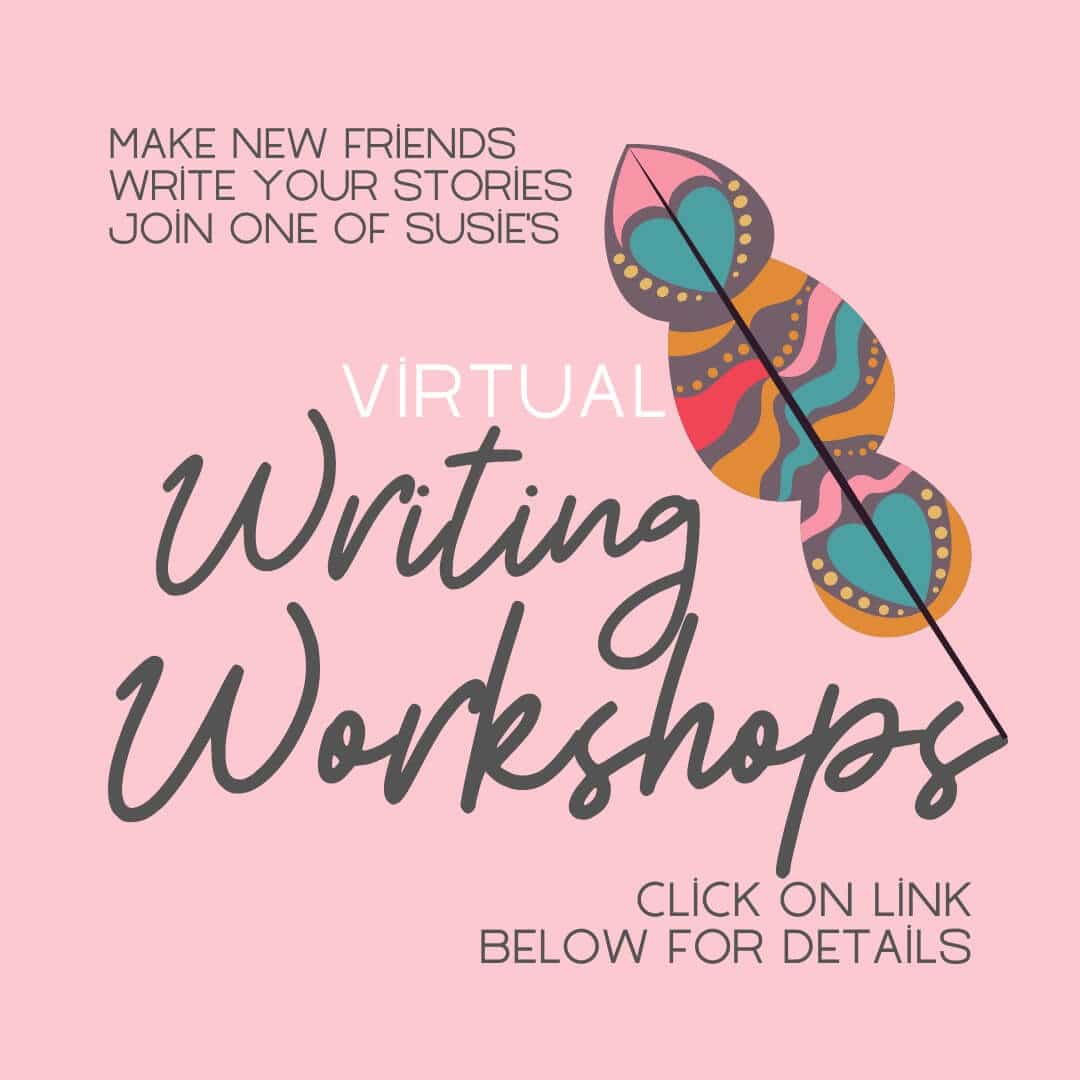Anatomy of a Traumatic brain injury:
How to Calm your mind and restore your hope
2020

Susie Boyce, Utah
Tuesday, April 6th
By all appearances, I was just another mom walking into a backyard pool party with her kids. But once I made sure the kids had found their friends, my path diverged from that of a typical partygoer. Instead of trying to find my friends, I searched for the most secluded spot I could find.
As I sat there alone, watching people do what people do at parties — what I had always done at parties myself — I felt like I had been trapped in an alternate universe. In this universe, my body looked exactly the same as it always had, but my mind felt completely different than it ever had.
Carolynn, a friend at the party, knew that I had suffered a brain injury in an accident 18 months prior. She saw me sitting alone and came over to ask how things were going. I believe I can safely say that Carolynn got more than she had bargained for in my answer.
Instead of trying to find my friends,
I searched for the most secluded spot I could find
Before the accident, I had been active with my five kids, a writing career, volunteering at schools and church, exercising several times a week — and everything else that comes with living a full, busy life. Since the accident, I had been busy recovering. Which, in TBI terms, means sleeping, often isolated, not exercising — everything else that comes from living a life with diminished capacity.
In other words, I was a bit of a mess.
After listening (and listening and listening), Carolynn asked, “Have you thought about trying restorative yoga?” Pre-accident, it would have been relatively easy to start a new exercise routine. But as much as I wanted to try yoga, my confidence had taken enough of a beating that even the planning stage felt impossible.
Carolynn recognized this, so she didn’t stop at the recommendation. She helped me come up with a plan where she would come to my house twice a month to do yoga with me, and I would try to do it on my own a few times a week.
My conversation with Carolynn was pivotal in my recovery. It gave me enough hope to try. And in the trying, I felt more hope (endorphins have that marvelous effect), which led to more trying, which led to more progress — which led to more hope, and so on.
During several years of recovery, I found a few activities — in addition to yoga — to be particularly helpful when it came to calming my mind, restoring my hope and helping me heal.
I share these activities with the hope they will do the same for you, especially at this time when everyone is feeling a little more stress and uncertainty than usual.
my confidence had taken enough of a beating that
even the planning stage felt impossible.
Carolynn recognized this, so she didn’t stop at the recommendation
During several years of recovery, I found a few activities to be particularly helpful when it came to
calming my mind, restoring my hope and helping me heal
Going Outdoors
B
eing outside leads to being happier, healthier, having better concentration and healing faster, according to an article from Harvard Health Publishing. This is certainly true for me.
The hammock my husband gifted me for Mother’s Day is a gift that keeps on giving. Whether I have five or 50 minutes for hammocking, it always does the trick of helping me truly relax. In fact, there are studies that show hammocking lulls the brain into deeper sleep.
I was lucky enough to have a pool in my Texas backyard. The times I spent floating (alone, sans kids and their splashing) had an incredibly therapeutic, restorative effect on me. Access to a backyard pool isn’t always an option, but a soak in the tub generally is — and its relaxing effects are almost as good.
And if you want to get out and move a little more, there’s research that shows hiking can make us happier and healthier.
The times I spent floating alone, had an incredibly therapeutic, restorative effect on me
Exercise
As discussed above, restorative yoga is what gave me hope and confidence to get back into exercising. I have learned that restorative yoga is a buffer to chronic stress, and the National Institutes of Health’s website says some of the benefits of yoga include pain relief, stress relief, improvements to mental/emotional health, help with sleep and weight loss.
It took me a while before I could do much more than uber-gentle exercising. But once I was up to it, I texted a handful of friends and asked if each one would walk with me once a week. For my friends, it was literally a walk in the park. But for me, it was pretty significant exercise and the only way I got myself to get out and move. For a long while, going it alone was just too hard.
restorative yoga is what gave me hope and confidence to get back into exercising
Journaling
writing is one of my life’s passions. But at that time in my life, journaling felt painful and I had been avoiding it. With a few gentle nudges from a therapist, I decided I needed to dive back in. Journaling isn’t as relaxing, per se, as other activities, but it’s been every bit as helpful and healing for me in other important ways. Writing by hand activates emotions and parts of the brain that aren’t activated by typing, so going that route has been enlightening.
The University of Rochester Medical Center’s Health Encyclopedia says journaling helps us manage anxiety, stress and depression by helping us prioritize problems, fears, and concerns.
Helping Others
Helping others decreases symptoms of depression and improves our emotional well-being, Psychology Today says.
My empathy for others who were suffering grew deeper and wider with every passing year that I lived with diminished capacity. I found that reaching out to someone who needed a listening ear, or help with laundry, was tremendously helpful. Every time, without fail.
Extended periods of stress and uncertainty — such as a global pandemic — are inevitable and beyond our control. But helping and asking for help when we need it (and most of us do at some point) are definitely within our control. How we choose to take care of ourselves and others will largely determine our memories of those tough times once they’re in our rearview mirrors.
What activities have you found to calm your mind and restore your hope? Let us know in the comments.
Published in KSL.com – HERE’s the link
Previous Articles in TBI Series:
Click Here to read part one. Click Here to read part two.Author’s Note:
Everything I discuss about traumatic brain injury (TBI) in this series of articles is mine and mine alone. Injury and recovery journeys are unique, making it impossible for anyone to walk the exact same path. But in the event that our paths are similar, perhaps even crossing each other’s on occasion, my goal in writing these articles is to lend perspective and hope to fellow travelers.
Susie Boyce










